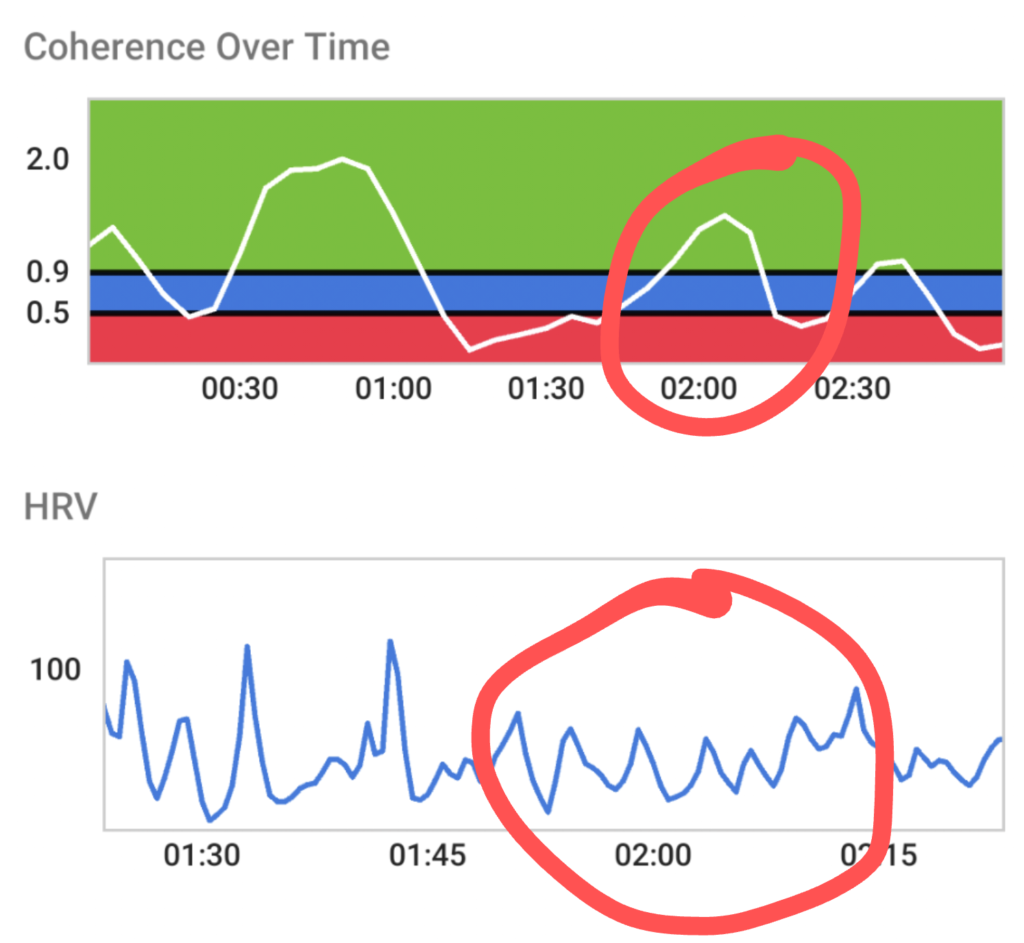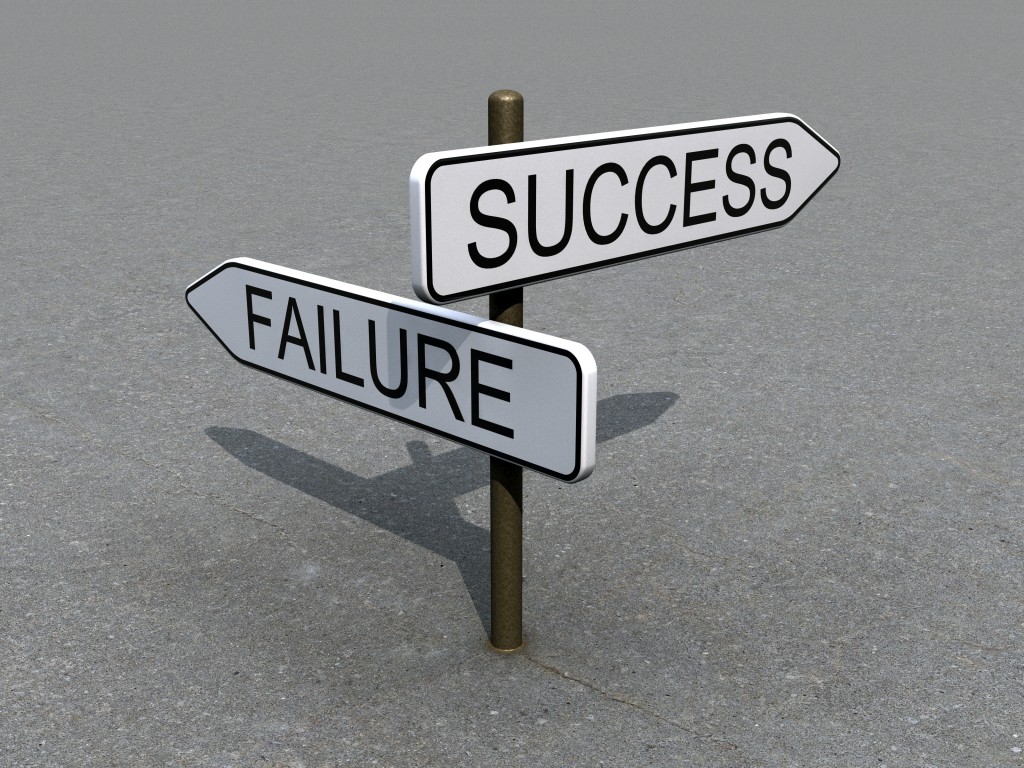When circumstances are swirling around you and it feels like everything is out of control, you need something you can anchor to in order to find a sense of certainty and stability. To varying degrees, we all have a need for certainty and stability.
This year, many of us realized the “objects” we were anchored to weren’t so solid after all: jobs, relationships, health, school, social gatherings…
“At least I’ve got _______,” you might have said.
Then, slowly–or sometimes, abruptly–the objects of predictability were dislodged and you were left spinning.
Can you relate?
Today, I want to remind you of something you can always come back to, and I want to share a simple exercise that I use myself, that I use with my coaching clients, that I encourage you to use, too…
Are you ready? Let’s do it!
- Sit up straight in your chair. Relaxed, but upright and attentive to this moment.
- Take a deep breath in and let it out, allowing the tension to release from your body as you exhale.
- Shift your attention to the area of your heart, and continue breathing. Imagine your breath is flowing in and out of your heart or chest area, breathing a little slower and deeper than usual.
- As you continue to breathe at a rhythm that is comfortable to you – not forced – remember the feeling of love or appreciation you have for someone meaningful in your life. Or maybe it’s for a pet. Feel – don’t just think about – that feeling of love, appreciation, or care in your heart for a couple of minutes.
- Now, allow that feeling of love and appreciation to radiate out from your heart, through your body – allowing yourself to be bathed in that same love you feel for that beloved person or pet. Then let that feeling radiate out from your body to others around you, or in your life. Stay with that feeling for a minute or two.
- When you’re ready, reorient yourself to the space you’re in, move your body a bit – you might want to wiggle your fingers or toes – and continue into the next part of your day, anchored in that feeling.
How do you feel?
If you did the exercise, I’d love for you to leave a comment or send a message and let me know about your experience – even just a word or two.
Now that you’ve felt the feeling–whatever it was–let’s see what’s going on under the hood…
This is the readout from my heart rate variability (HRV) monitor as I was doing this very exercise for 4 minutes just a couple of days ago:
If you’re not familiar with HRV, let me give you a quick overview and then let me explain what’s going on in the chart (and in my body) – because this is what was (or is) going on in your body, too!
When we talk about heart rate, we typically talk about our pulse and we think of it as a steady number–68 beats per minute, when you’re relaxed, for example, or maybe 120 bpm when you’re exercising. The reality is, your heart rate is constantly going up and down. For instance, did you know your heart rate increases when you breathe in, and decreases when you breathe out?
Do you see how my HRV (blue line above) looks different when the measurement begins–pretty jagged–and then is more rhythmic over time?
The top chart (red, blue, and green) is measuring my level of coherence, which, as defined by the HeartMath Institute, is “a measure of the pattern in the heart’s rhythm… and reflects an orderly and harmonious synchronization among various systems in the body such as the heart, respiratory system and blood-pressure rhythms.”
A simple way to think about it, given that I’m writing to you from Nashville: Imagine your favorite band playing on stage. Imagine they’re playing your favorite song–everyone is in tune, hitting the right notes, the sound is mixed perfectly. It sounds amazing! That’s coherence–everyone and everything is in sync.
Now, imagine if all five band members were playing different songs, their instruments were all out of tune, and the levels are all out of balance. Screeeech! Chaos! That’s incoherence.
It’s the same in our body. When you’re feeling stress, anxiety, anger, or other depleting emotions, your body systems are out of sync. Without even knowing much about the science of it, you can look at my HRV in the first 45 seconds of the measurement and it looks like something out of sync, right?
But when you start breathing a little slower and deeper and focusing on the area of your heart, you come back into a state of coherence. When you add in the feeling of an energizing emotion like love or care or appreciation–or courage, or peace, or any of the other “thriving” emotions I speak of–you really “power up” the process. See the shift on the chart about 45 seconds in?
As you might imagine, the more often you can come into a state of coherence, the better it is for your overall health and wellbeing, as well as for your performance in the moment.
Consider some of these benefits:
- Increased ability to self-regulate
- 40% improvement in long-term memory
- 24% improvement in short-term memory
- Increased ability to focus
- Increased ability to process information
- Faster reaction times
- Improved ability to learn
Worthwhile, don’t you think? And that’s without even looking at the long-term health benefits. (Consider, the Mayo Clinic found that living in a state of chronic stress is the #1 predictor of a future cardiac event.)
So, how can you create more coherence in your body? It’s all about practice.
We know circumstances will knock us around. We will feel anxious or frustrated or sad at angry at times. And that’s perfectly normal. Feelings are made to be felt.
What we want is to develop the skills and strategies to respond intentionally to those feelings rather than allowing them to run away with us.
I’ve started working with my 10-year-old son to help him develop these strategies. With underlying issues like ADHD and anxiety, it’s not easy for him, but we’re making progress.
Here’s a look at his heart rate variability and coherence measurement during a recent exercise:

You can see he was most often in medium or low coherence, but I circled in red an example of a jump into high coherence, with the corresponding rhythmic heart rate variability. Cool, isn’t it?
Little shifts like that are how you learn and grow. You have to remind your body what it feels like to come back to a state of coherence, and the more you do, the more your body becomes accustomed to this “new” feeling.
You see, if living in a state of stress or anxiety–living in incoherence–is what’s most familiar to you, then the shift into coherence can actually be rather uncomfortable https://buckfirelaw.com/xanax-alprazolam/. We don’t like unfamiliar things!
That’s why it’s important to practice, and celebrate every little bit of progress along the way.
Look for 3-5 opportunities each day to practice the exercise I shared above–just five minutes at a time–and over a few weeks, you’ll be establishing a new “set point” for yourself that’s easier and easier to return to, even in the midst of life’s uncertainty.
If your stress level has been high and you’d like more personalized guidance to find your way back to center, reach out and let’s schedule a call to see if I can help you. In just three to six sessions, we can get you equipped with some tools and techniques–and a plan–for Mastering the Moments to meet the demands of life while experiencing peace and joy and meaning in the process.
Thanks for being here, and I wish you well on your journey.



